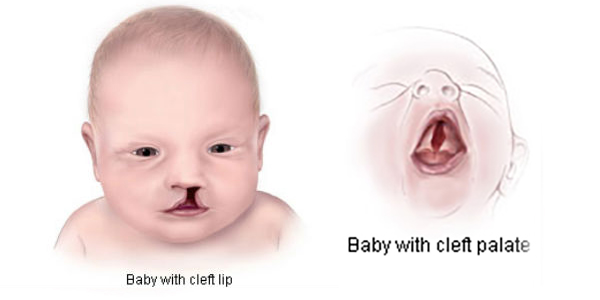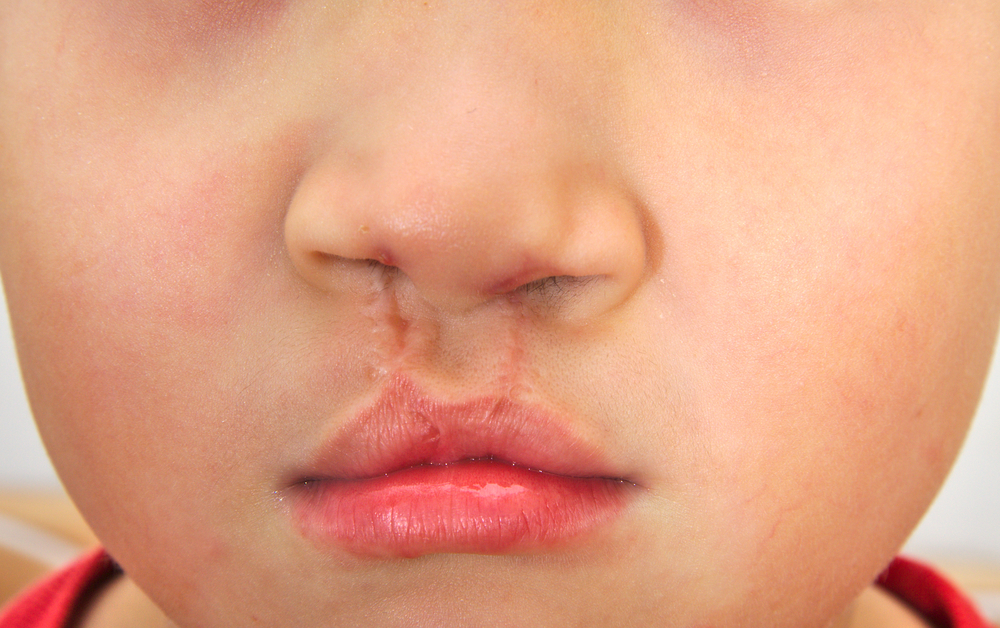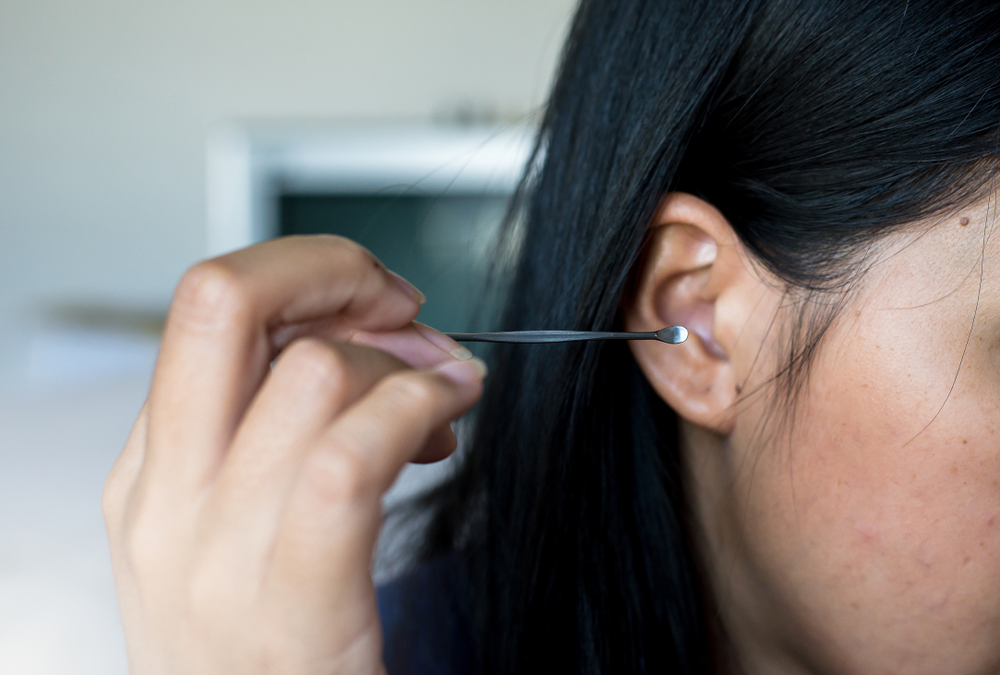Contents:
- Medical Video: Explaining Cleft Lip and Palate (1 of 7)
- What causes cleft lip?
- Is there a way to cure cleft lip?
Medical Video: Explaining Cleft Lip and Palate (1 of 7)
Based on 2013 Basic Health Research (Riskesdas), as many as 9,500 Indonesian children suffer from cleft lip and this number continues to increase each year. The most common and easily visible feature of cleft lip is the gap that divides both sides of the upper lip and can reach the nose. As a result, a baby with a cleft lip will have difficulty swallowing and talking like other normal babies. Indeed, what causes this cleft lip?
What causes cleft lip?
Cleft lip is a lip deformity that can occur on one or both sides of the mouth. This problem starts when the baby is still in the womb. Cleft lip occurs when the tissue forming the lips and palate fails to fuse perfectly. Ideally, these two forming tissues should be fused in the second and third months of pregnancy.
When the lip and palate can not fuse, eventually a gap in the lips, the base of the nose, maxillary bone and gums are formed.
Genetic factors are likely to play a big role as a cause of cleft lip. Yes, parents or siblings can inherit genes that trigger the onset of cleft lip.
Drug consumption during the mother's pregnancy also affects the condition of the baby at birth. Reporting from the MD Web, there are several drugs that are presumed to be at risk of causing clefts in the lips, such as anticonvulsant drugs, acne drugs containing Accutane, and drugs used to treat cancer, psoriasis, and arthritis.
In addition, factors from the surrounding environment also have a strong enough contribution to the cause of cleft lip. For example, pregnant women are often exposed to viruses and chemicals. The habit of drinking alcohol, consuming drugs, to lack certain nutrients during pregnancy, for example folic acid, also affects the condition of the baby later.

Is there a way to cure cleft lip?
The path that must be taken to treat the condition of the cleft lip is to do the surgery. In addition to the gap in the lips returning to normal shape, surgery also aims to restore muscle function and improve facial appearance.
On the other hand, the shape of the lips that return to normal will also facilitate speech, facilitate the process of receiving food, prevent disruption of tooth growth and hearing loss later in life (especially for babies who experience cleft palate).
However, cleft lip surgery is not always the same for every baby. There are those who only need one or two surgeries to recover completely, but there are those who need multiple operations depending on the severity of the condition. Cleft lip surgery can be started in the age range of three months to one year.
If the baby has a cleft palate, further surgery is needed when the baby is 9-12 months old. In some cases, a bone graft surgery is also needed by the baby with a cleft palate to fill the upper gums so that it can facilitate permanent tooth growth while maintaining the upper jaw.
The faster the cleft lip surgery is carried out, the better the chance for children to be able to speak better. Your role as a parent is also needed in training children to talk since childhood.












